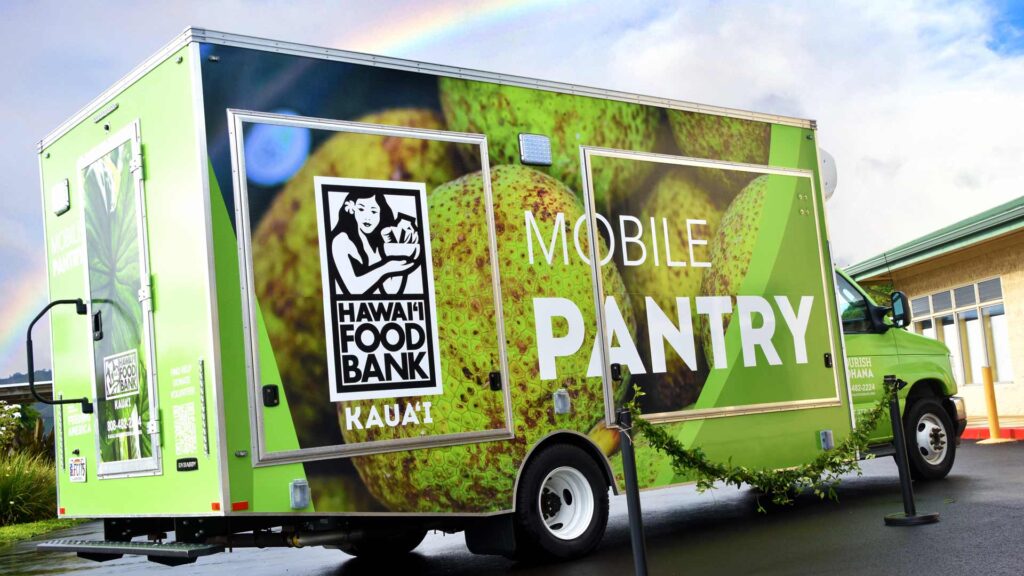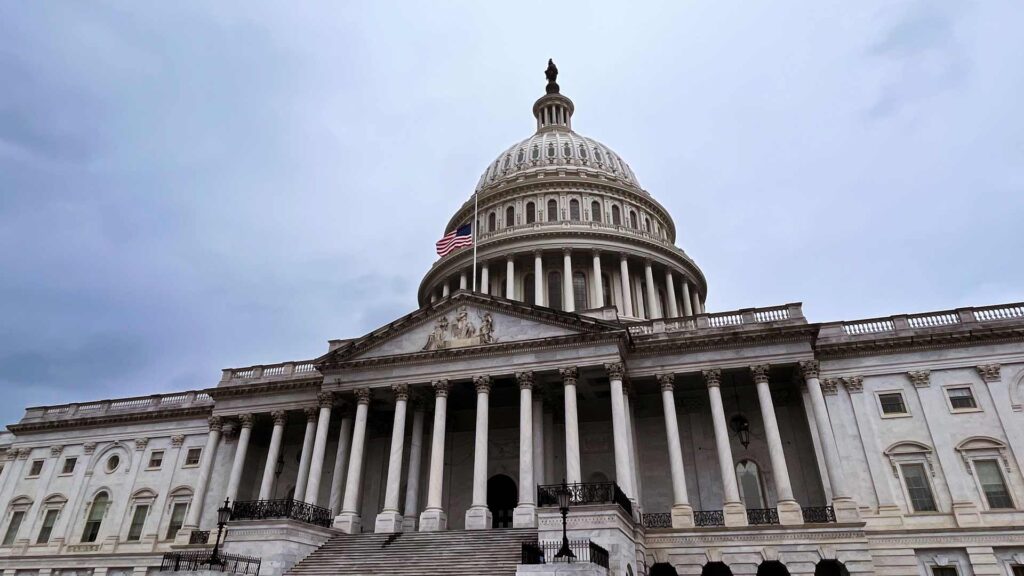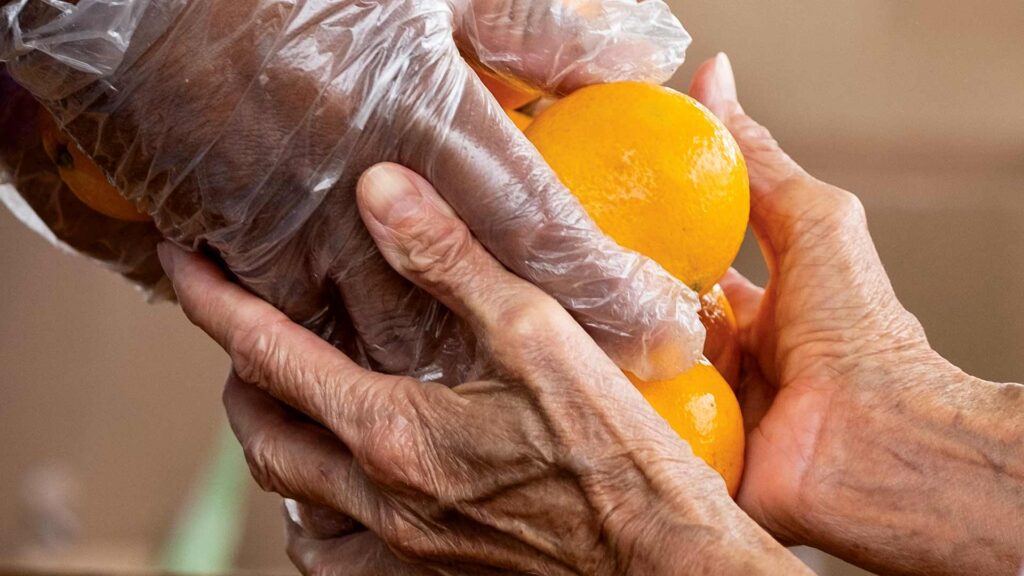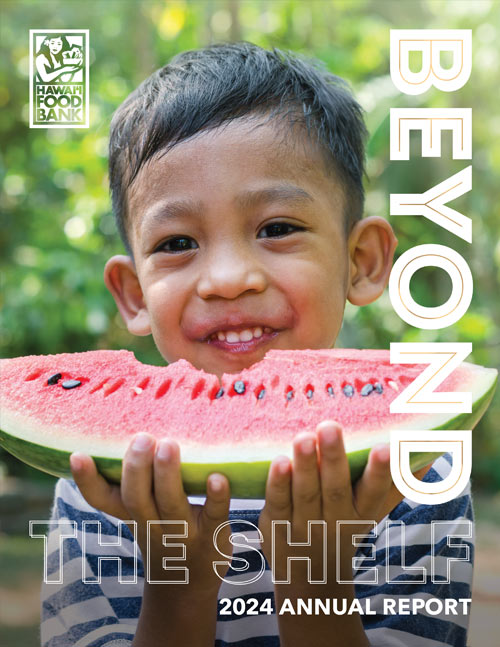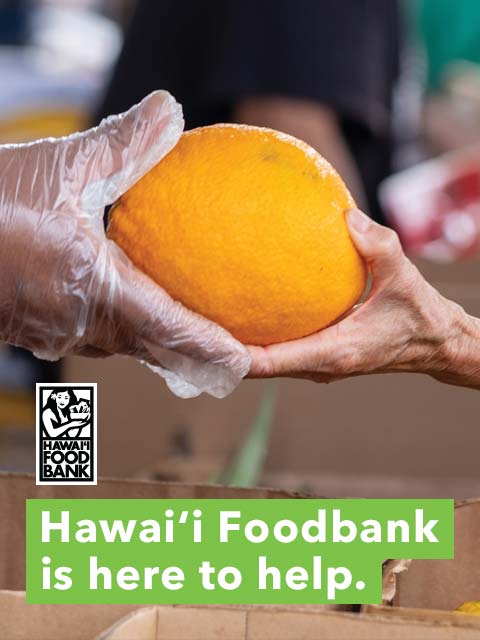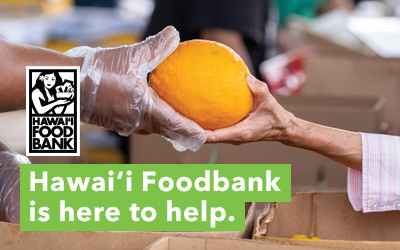5 Food Waste Tips for the Holidays
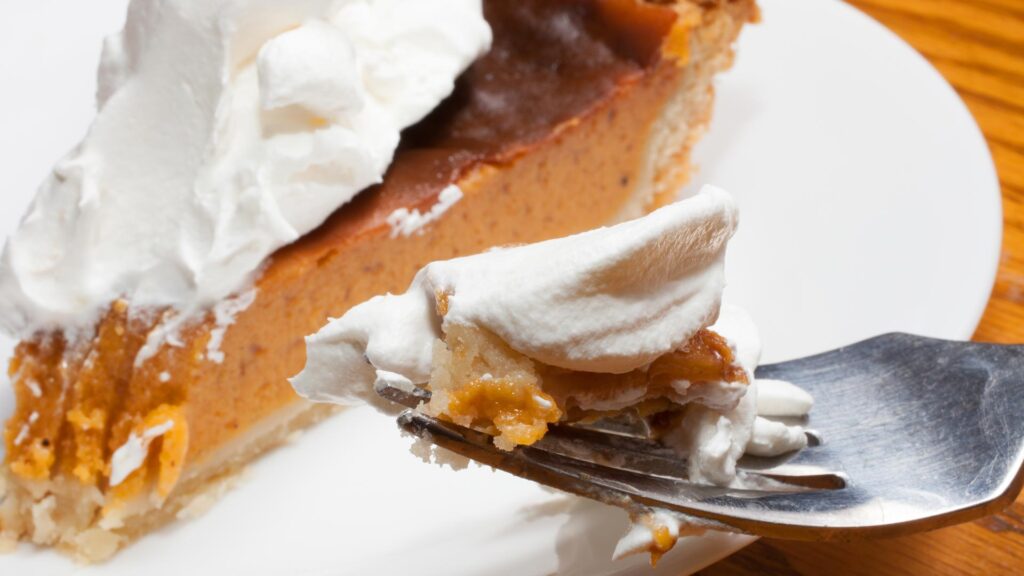
Hawaii Foodbank
Food waste during the holidays can be a big problem. Luckily, there’s plenty we can do to reduce food waste at home.
Between holiday parties, family obligations and the pressure of finding that perfect gift — this time of year can certainly go by in a flash. Amid the bustle of the holiday season, planning a family gathering can already be hard enough. The last thing we need to worry about is all the holiday leftovers. But, unfortunately, food waste this time of year can be a big problem.
Discarded food contributes to household waste increases by more than 25 percent between Thanksgiving and New Year’s Day, according to the United States Environmental Protection Agency. Locally, even as Hawai‘i residents pay some of the highest food prices in the country, more than half a billion pounds of food go to waste each year. This comes out to almost 1.5 million pounds of food waste per day across the islands — or more than 26 percent of the available food supply.
Food waste happens across every sector of the food system. But individuals are responsible for the most significant amount of food waste. Hawai‘i residents throw away approximately one quarter of all food and beverage purchases, which equates to a loss of about $700 per person per year. The accumulative food waste has a big impact on our community, our local economy and our environment.
More than 522 million pounds of food go to waste each year in Hawai‘i — or more than 26 percent of the available food supply.
Luckily, there’s plenty we can do to reduce food waste at home — especially during the holidays. Here are five tips that may help you focus even more on caring and celebration this season, and could even reduce the strain on our personal budgets and the environment.
- Rethink your shopping list. If you’re not hosting guests this year, buy what you need to feed your family and match their tastes. For example, if they cannot stand cranberry sauce — skip it. They like ice cream more than pumpkin pie? Swap it out. Your holiday dinner will still be perfect without those “traditional” foods. And you can avoid overbuying and overspending by shopping for what you’ll want to eat.
- Take ‘um home. Provide or ask guests to bring reusable containers to pack up leftovers. Instead of loading them up with a little bit of everything, ask them what they enjoyed eating and let them pick. That way, you can avoid those leftovers reaching someone else’s rubbish.
- Get experimental. Leftovers reheated in the microwave are great. But after a few days, that can get humbug. So, mix it up with one of these recipes from Feeding America that make the most of your leftovers.
- Compost. You can compost many ingredients of your holiday meal. Fruits, vegetables, eggshells and coffee grounds make great compost. You can compost safely at home in your backyard or in an indoor compost bin.
- Donate unopened ingredients. After the holidays, we often see a sharp decline in food donations. To help, you can donate your unopened canned and shelf-stable ingredients. Get your family, friends and neighbors involved by making a food drive out of it! Check out our Food Drive Toolkit for fun ideas and how to get started.

